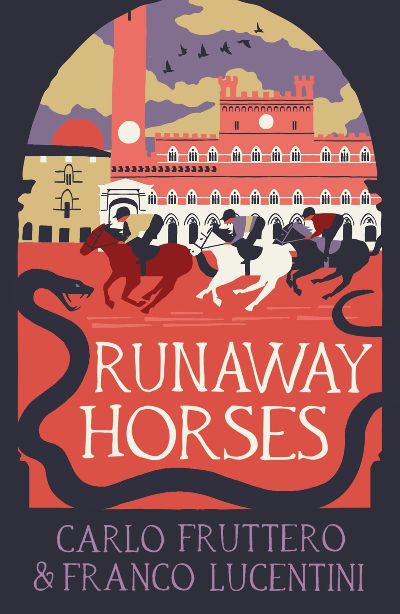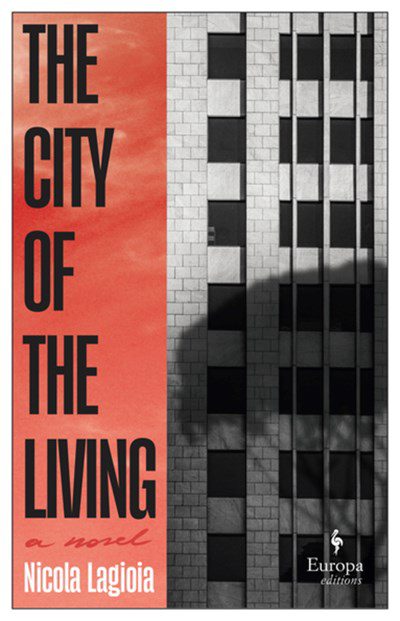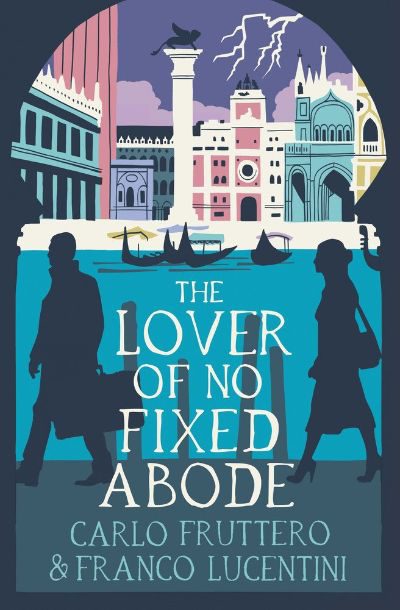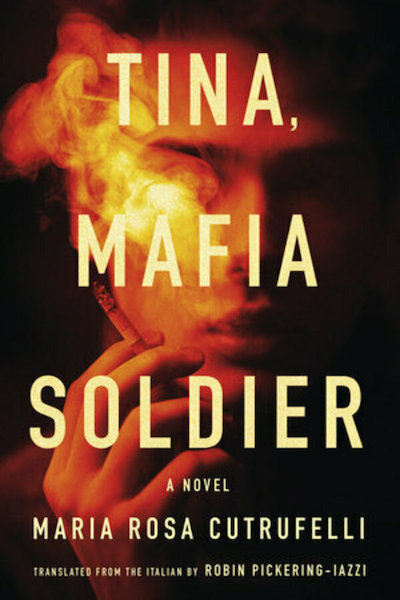And now for something completely different. Carlo Fruttero and Franco Lucentini were well-known Italian authors who co-authored several mysteries, throughout the 1980s and ‘90s, under their surnames of Fruttero & Lucentini. Their best-known works are The Lover of No Fixed Abode, set in Venice, and The Sunday Woman, which was made into a film starring Marcello Mastroianni and Jacqueline Bisset. Runaway Horses takes place in Siena during the Palio of Siena, the biannual horse race that the Sienese have been celebrating since the 13th century. It features lawyer Enzo Maggione and his wife, Valeria, who are traveling from their home in Milan to Siena, visiting Valeria’s brother along the way. But the two never make it to the farm; instead, they encounter a violent storm and take refuge in a nearby, sprawling estate. Here they find a most idiosyncratic group, including Puddu, the best known of the Palio’s jockeys. Fruttero and Lucentini take the reader deep into the arcane practices of the Palio, which are full of plots and counterplots, while Enzo and Valeria discover their attraction not only to each other but to other residents on the estate as well. Readers with an interest in Siena may enjoy the exhibit Siena: The Rise of Painting 1300-1350, which is currently on display at the Metropolitan Museum and will travel to Britain’s National Gallery in spring 2025.
Italy
A deep, dark descent into one of Italy’s most disturbing true crimes, drawing on actual documents, news reports, and interviews to tell the story. Billed by the publisher as a “spellbinding literary thriller”—it’s certainly spellbinding, but no one’s definition of a thriller—this is a slow, methodical, layered journey into the murder of 23-year-old Luca Varani. The method? Torture. The perpetrators? Manuel Foffo, who confesses to his father, while driving to a family funeral, that he killed someone—three, four, five days ago?—he’s too drugged out to know. And Marco Prato, also from a “good family,” a nightclub promoter, gay and considering transitioning. Manuel and Marco barely know each other, although after several drug-and-alcohol fueled days holed up in Manuel’s apartment they develop an intimacy that’s somewhat sexual but more a twisted sort of friendship. “So-called psychic contagion, like a racing engine, brought the two young men close to the point of fusion.” What do they share, besides a love of drugs and alcohol? For starters, an inability to mature, jealousy of the rich, and complete irresponsibility. Lagioia intertwines the descent of Manuel and Marco with the descent of Rome itself—drug filled, rat-infested, garbage strewn, home to wild animals, yet ultimately, he claims, freeing. This story begs for comparison with the Nathan Leopold and Richard Loeb murder of Bobby Franks in 1924 Chicago. Brilliantly translated.
This strange, beautiful tale wedges readers into the crowded boats and alleys of Venice while whisking them along on a three-day romance with a Roman princess and the down-at-heel tour guide she falls for. The two seem to float above the city’s watery fray even before meeting. After meeting, they withdraw completely into their own emotional realm, “literally liquefied” by their fascination and passion for each other. Time is immaterial, they agree, as they find themselves “precariously suspended between being and non-being,” contemplate “intimate perplexities on who is who, where the I ends and the you begins,” and eat “a variety of little inventions.” The love story, which as the translator’s note explains, features more robustly in the book than the crime tale related to the princess’s work as an art dealer, soon provokes questions in the reader. Where is the tour guide from? Why must he leave Venice despite his grief over losing the love he has just stumbled upon? The answer to the mystery is startling and brings up many questions about the nature of life and how the past, and past injustices, can resonate today. Try this after Danielle Trussoni’s The Puzzle Master; you’ll come back to Earth eventually
My first impression of this 1994 Italian novel was that the translator must have gotten quite a workout, with, for example, a character described as exhibiting “childish mischievousness…elusive, playful provocation” and the setting called “contaminated, ruined, corrupted, infested, dirty.” Next came the confusion over the story’s era. It takes time to grasp that we’re visiting the 1980s in Sicily, which is one part of what makes the book so rich; the island is an anachronism. The Sicilian words sprinkled throughout also seem fermented relics of a bygone time; words like scassapagghiara, thugs, and spasciamarroni, guttermouth. Growing from this arid dystopia is a masculidda, or tomboy, called Tina (she creates this nickname for Cettina because it’s “short, hard, a bit foreign”). Time is again confused here, with Tina acting both much older than her teenage years, such as when she takes over a band of boy mafia trainees, and much younger, in her obsession with impressing grownups so that she can become “respected,” i.e., a mafia member. The narrator, who’s writing a book about Tina, leads us to the Bronx, as Tina’s run-down neighborhood is called by locals. Our protagonist is strangely absent from the town and readers aren’t sure until the end if she’s on the run, in prison, or maybe dead. Through the book we get a look at the notorious, shocking life of the girl who defied her father’s saying that “A night [is] wasted when you make a girl” to satisfy violent ambitions. Well worth the read, especially for those who enjoy stories of women smashing barriers.




